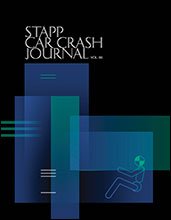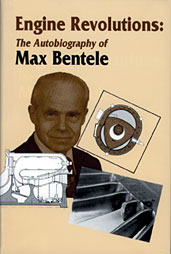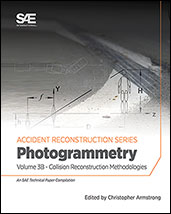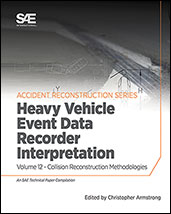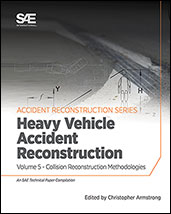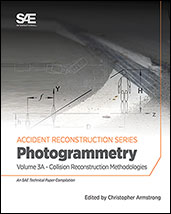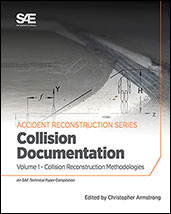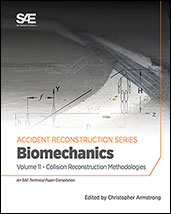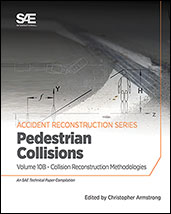Book

Fundamentals of Electrochemical Corrosion
2000-07-01
Fundamentals of Electrochemical Corrosion covers the essential aspects of the corrosion behavior of metals in aqueous environments. Contents include: an overview of aqueous corrosion; the electrochemical background on electrode reactions; the electrochemical background on electrode kinetics; an introduction to the corrosion behavior of active-passive type metals; the principles and procedures of electrochemical measurements used to investigate corrosion behavior; and more.

